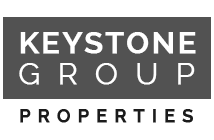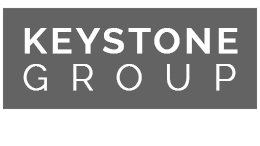Borrowing to Build Your Own Home
Keystone Group Properties serves discriminating buyers and sellers of exclusive real estate Newport Beach and other distinguished Southern California luxury real estate, call Bob Cumming of Keystone Group Properties at 310-496-8122.
Borrowing to Build Your Own Home
By Lisa Provost, New York Times
Construction financing isn’t the type of loan one goes shopping for online; it is more likely to be found up the street. “The places that are offering construction financing are typically the credit unions and the regional banks,” said John Walsh, the president of Total Mortgage Services, a Milford, Conn., lender.
Local banks are more comfortable making home construction loans because they know the local market. But qualifying is more complicated than for a conventional mortgage. Borrowers have to do a lot more legwork ahead of time because, in addition to proving that they can afford the cost of the house, they must show that they have a viable project.
“People want to make sure they know what they need to do early in the process,” said Penn Johnson, the president of the Stamford Mortgage Company, a broker. “You can’t apply until after you have building plans, a construction contract and a cost estimate.”
The cost of the land may be figured into the construction loan amount, if the borrower doesn’t already own the lot.
“People either pay cash for the land, or they contract to pay cash for the land when the project’s completed, or they pay it out of the construction loan,” said Debi Orr, an agent with Keller Williams Realty in Ridgefield, Conn. But if they’re not paying at the outset, “they’re going to have to have a pretty solid down payment to qualify.”
The down payment is figured as a percentage of the total cost of the project (land and construction costs). In general, the loan-to-value restrictions are “pretty onerous,” requiring 20 to 30 percent down, said Mark Yecies, an owner of SunQuest Funding in Cranford, N.J.
Some lenders offer construction financing as a separate, short-term loan — usually no longer than a year. The borrower refinances into a permanent mortgage after the house is completed.
Increasingly, lenders are combining the two into a single 30-year loan, with a single closing, called construction-to-permanent financing. The streamlined loan process cuts down on closing costs, but some borrowers may prefer not to be locked in and to retain instead the flexibility to shop for mortgages.
That is because interest rates on construction-to-permanent loans are a little higher than on conventional mortgages.
“You might be paying an extra quarter to a half a percent above Fannie Mae” on such a loan, Mr. Johnson said, comparing that with “a 30-year fixed in the low 4 percent, and a 5-to-1 adjustable-rate mortgage at 3 percent.”
As funds are disbursed during construction, lenders charge the borrower only for interest on the amount owed. Yet the steep down-payment requirement for construction loans is limiting.
And those who hope just to buy land for a future home will find financing no easier. Lending for land alone, with no clear timeline for construction, is difficult to find, mortgage brokers say. Banks deem these loans to be very risky, “because there’s nothing really tying anybody to a piece of raw land,” said Mr. Walsh of Total Mortgage.
“If the borrower loses a job or runs into financial trouble,” he said, “the land will probably be one of the first things they stop paying on. Banks may compensate for that by asking for 50 percent down.”
In Scarsdale, New Rochelle and Mamaroneck, N.Y., builders are paying all cash for building lots, said Iris Kalt, an agent with Prudential Centennial Realty. Likewise, in Litchfield County, Conn., “the people that are buying the expensive pieces of land are usually buying them straight out,” said Kathleen Harrison, a principal of Fazzone & Harrison Realty in Sherman
Laguna Beach CA luxury homes for sale


